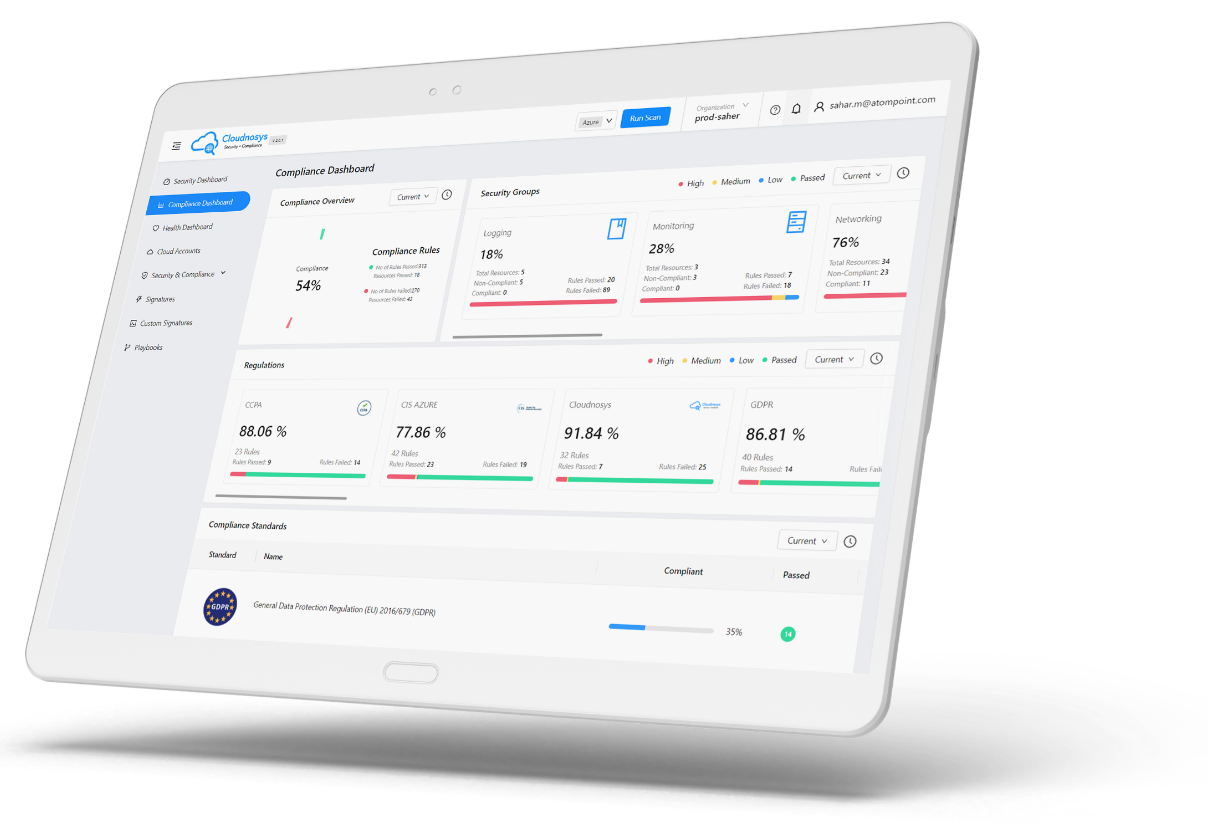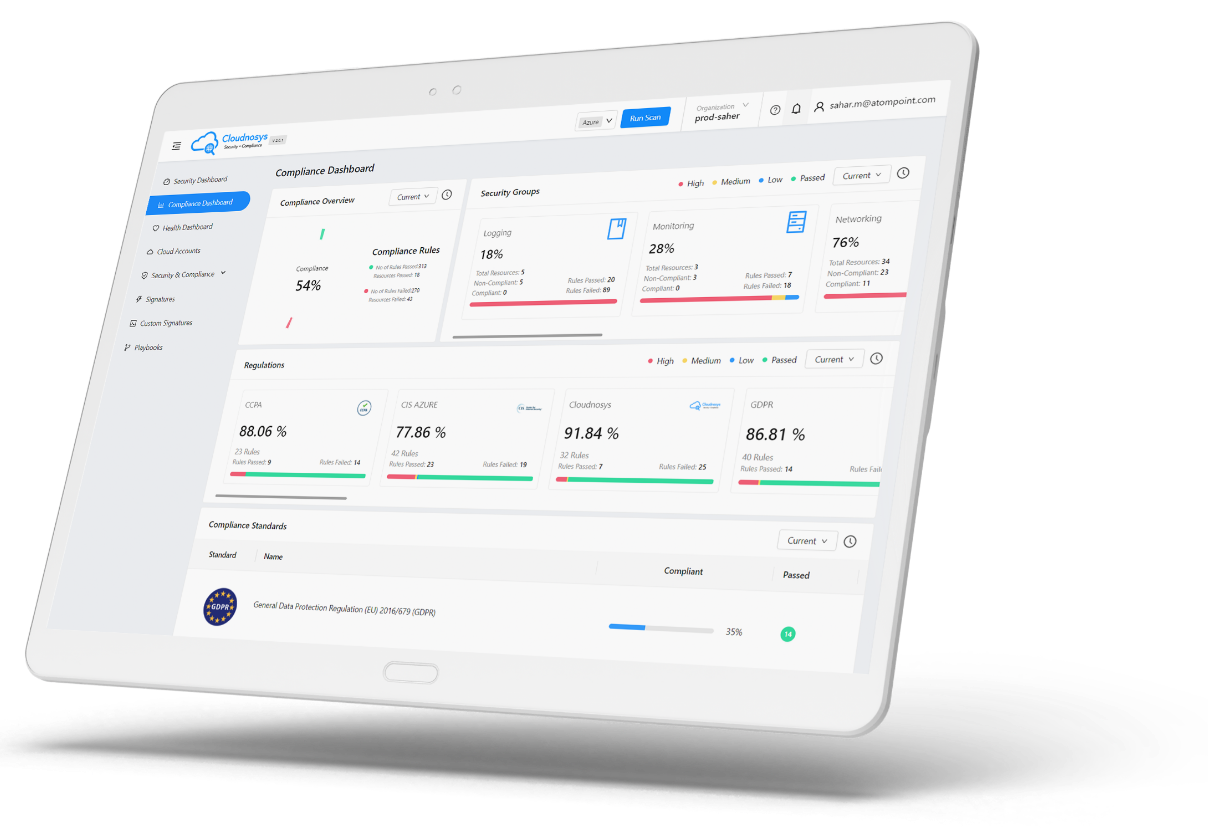“Flying by the seat of the pants must have been a great experience for the magnificent men in the flying machines of days gone by, but no one would think of taking that risk with the lives of 500 passengers on a modern aircraft. The business managers of a modern enterprise should not have to take that risk either. We must develop standard cloud metrics and ROI models so that they can have instruments to measure success.” – Dr. Chris Harding, director for interoperability and SOA at The Open Group
Data governance is a set of processes that ensures significant data sets are managed and governed formerly. And the core areas that are required in this regard are visibility, control, protection and remediation. They not only detect threats in real-time but fix up issues right away as well. Consequently, it is a surety that the data can be trusted and creators are accountable for its quality.
You should care about the business case for data governance. Here is why?
Data is the new currency and organizations have to protect it wisely.
Universally, every country has its laws or principles regarding data privacy in public cloud. The first and the foremost law is regulatory fines that reduces the risk of data breach. If the private data is released by accident or by any malicious attack. Then, it will eventually put the reputation of the company at risk. Plus, it will be a great hit on the trust of the customers. Therefore, organizations must abide by these laws to mitigate the loss. Moreover, with a team of professionals that are well-versed with the usage of data – boosting productivity of the personnel will be a no brainer for sure.
Cloud Data challenges that organizations come across
Data is dynamic and has a diverse variety. From the sizing perspective, it has a huge volume. It sits in S3 bucket, RDS, and ielasticache and many other services, so having inventory visibility and its risk levels are vital.
There is no denial to this fact that a few pubic cloud or private cloud that are connected across the board, and data sharing is going on between clouds raise a plethora of challenges for the organizations. As the data has a lot of volume and variety so it is in the S3 bucket, RDS, and elastic cache and many other cloud services like log files and so on, . In order to have data privacy in public cloud, at minimum you need is inventory visibility.
Besides, we have an insight into the data’s velocity also. Its quickly changes and rapid movement within their component along with the services for dealing with any storage services makes the cloud environment complex. So automation or some software tools come into play that checks your storage and transport layers are secure and services are running smoothly.
Do you need a team of Data Professionals?
It is the high time that organizations should identify the key stakeholders of data intelligence and their roles for implementation.
The organizations have to come up with change management and data governance stakeholders. There are some quick metrics details that the organizations must assign experts for data dictionary, business glossary, catalog, lineage, Master data intelligence, and Stewardship and profiling. They will assist them in monitoring every change in the cloud data and enable them to report back.
A 360 degree to what is Data Inventory
Though the data center of today has proper control over data and has its backups also. However, with a paradigm shift towards the public cloud, it is much more complicated to be well-aware of its location, access, and security. Therefore, organizations must opt for data governance policies that provide an insight into all these areas with ease to reduce risk of a data breach.
Discover, Monitor, Protect – A Successful Data Governance Policy
Discover where is your confidential data, monitor how it is being used, and protect how best to prevent its loss – these three steps lead organizations to the skyrocketed success.
The organizations must have access to the software and tools that scan the location of your data. They keep a robust control over its access and its safety. Thus, managing data privacy in public cloud for organizations will be a no-brainer for sure.
Cloud Velocity requires automation
Thousands of configurations occur in the cloud that is invisible for the human eye to govern or fix. So, let compliance framework, monitoring, and automation do that for you.
With hundreds of processes running in the cloud, managing and governing them for human is impossible. Therefore, the organizations must go for compliance framework control testing, constant monitoring and automation, and most importantly DevSecOps governance for CI/CD automation.
Best practices to govern date privacy in public cloud
Invest in open source and commercial tools for having a thorough overview of all cloud assets running globally in a single pane of glass.
- Build a set of granular corporate policies for the configurations of Security and Compliance and OS levels for every cloud service. (Firewalls, Access, Encryption, IAM and more)
- Enforce policies in real-time and analyze any additions or changes to existing cloud configuration services.
- Monitor and measure risks continually then either allow or deny services requests for out of policy actions.
Reach scale on governance with excellence
Let’s dive in the prime areas to achieve governance at scale:
- Visibility – Pay considerable attention to visibility and say a big yes to change in your cloud services fearlessly.
- Speed – Maximize speed by “continuous delivery or monitor changes” as it reduces human intervention.
- Self-healing – Fix the issue before they go into production. However, you may also fix them while in production via automation.
Build, Manage and Enforce policies without being money cripple
With zero budget and a short timeline to drive success, the organizations can still build, manage and enforce governance policies. The real questions is how so they are noted below:
- Identify sensitive data by scanning for PII data
- Tag your datasets
- Drive automation with tags
- Collect data for auditors
- Build automation for remediation
- Automatically build risk profiles
From where to start is the question?
In order to enforce policies for ensuring data privacy in the public cloud, the organizations should start from:
- Heads up to CIS – Center for Internet security
(Picture of CIS)
The center for internet security is a non-profit entity that harnesses the power of a global IT community to safeguard private and public organizations against cyber threats.
The center for Internet security is a good start for getting data privacy in the public cloud. It has 44 controls for AWS Cloud alone and has benchmarks for all three clouds i.e. AWS, Azure, and GCP. Cloudnosys offers a CIS solution that shields your cloud environment from data loss, compliance risk, and security risks. So, one should be asking how do we build these policies and controls. Following is an example of two core cloud services on how to build these policies to drive governance you should build your cloud expertise over time using these two examples as guides.
Example 1: How to Govern and audit S3 bucket?
S3 bucket has a set of controls and well-programmed rules for providing governance and automation to your public cloud environment.
The governance and auditing of the S3 bucket demand well-written rules which ensure that S3 buckets are encrypted and TNS complaints. Have a look at these regulations:
(Picture of Govern and audit S3 bucket)
Example 2: How to Govern VPCs?
The virtual private cloud turns on and collects AWS configuration easily and requires log correlations, automation, integration, and analysis.
The virtual private cloud is the data access layer going into the resources and that’s why it asks for well-written rules such as S3 bucket. However, they are written via AP. For this, a deep dive into AWS security at the component level is needed.
(Picture of VPC)
Governance Model for Resources collection and reporting
S3 and VPC running for every service that has data then compiling them into a database is imperative. Thus, it will create risk management flow and prioritize the data assessments. Make sure to turn on all the configurations.
Once you have built policies for core cloud services, then you need to monitor and collect in near real-time to leverage machine learning to build risk profiles. These risk profiles can generate alerts for our of policy items and hence you can remediate them with automation.
Cloudnosys – Security and Compliance Platform
Cloudnosys provides your cloud environment powerful security against unauthorized access, configuration drift, and data breach. It has solutions such as CloudEye that continuously secure your cloud services and automate compliance. Over 150+ Cloudnosys best practices rules track and monitor your AWS services for security and compliance violations. Dashboards and reports are the attractive attributes that inform you fully about the risks.
A free trial of Cloudnosys for 14 days frees you up from the issues of your cloud compliance and security.











